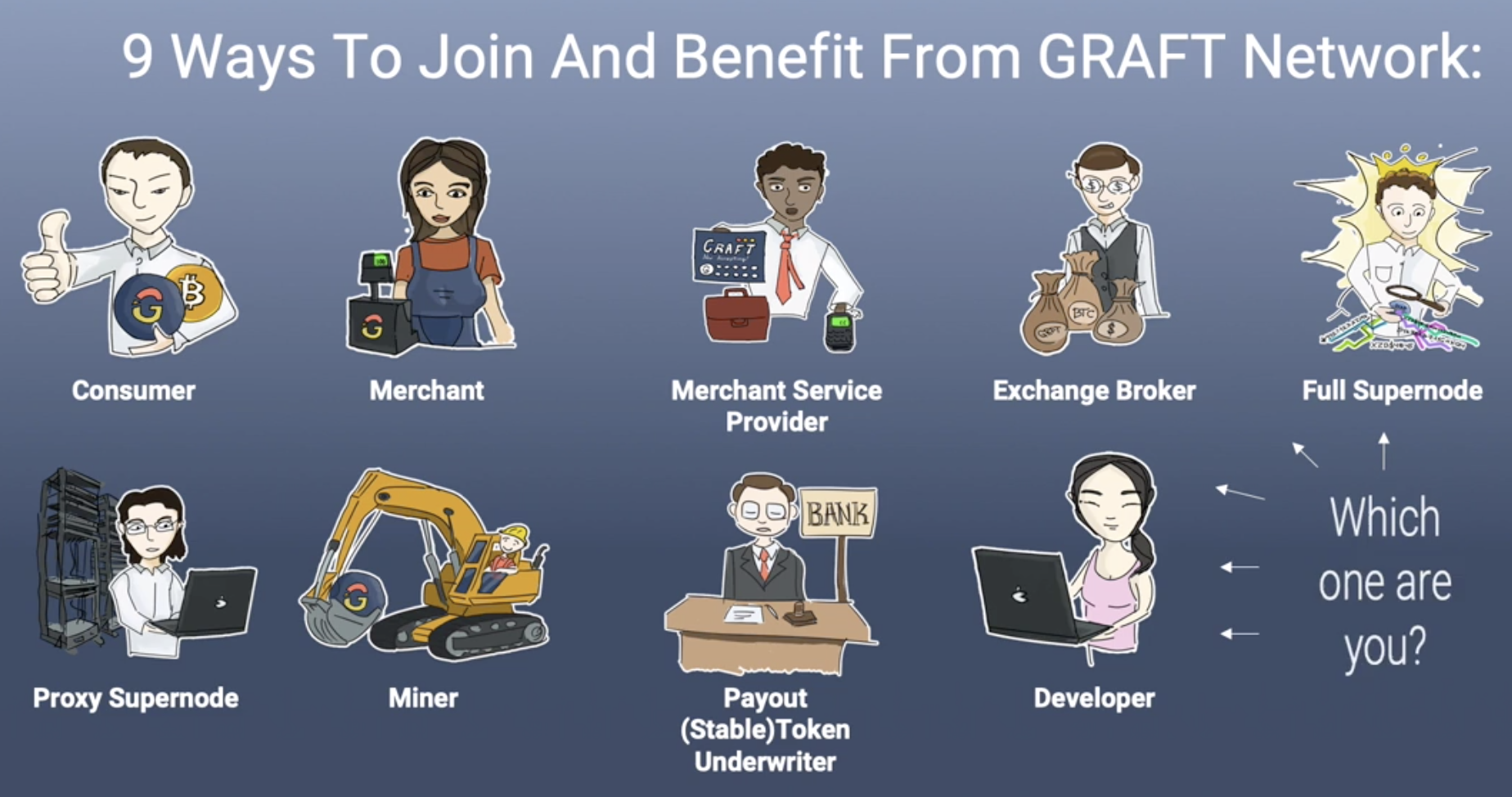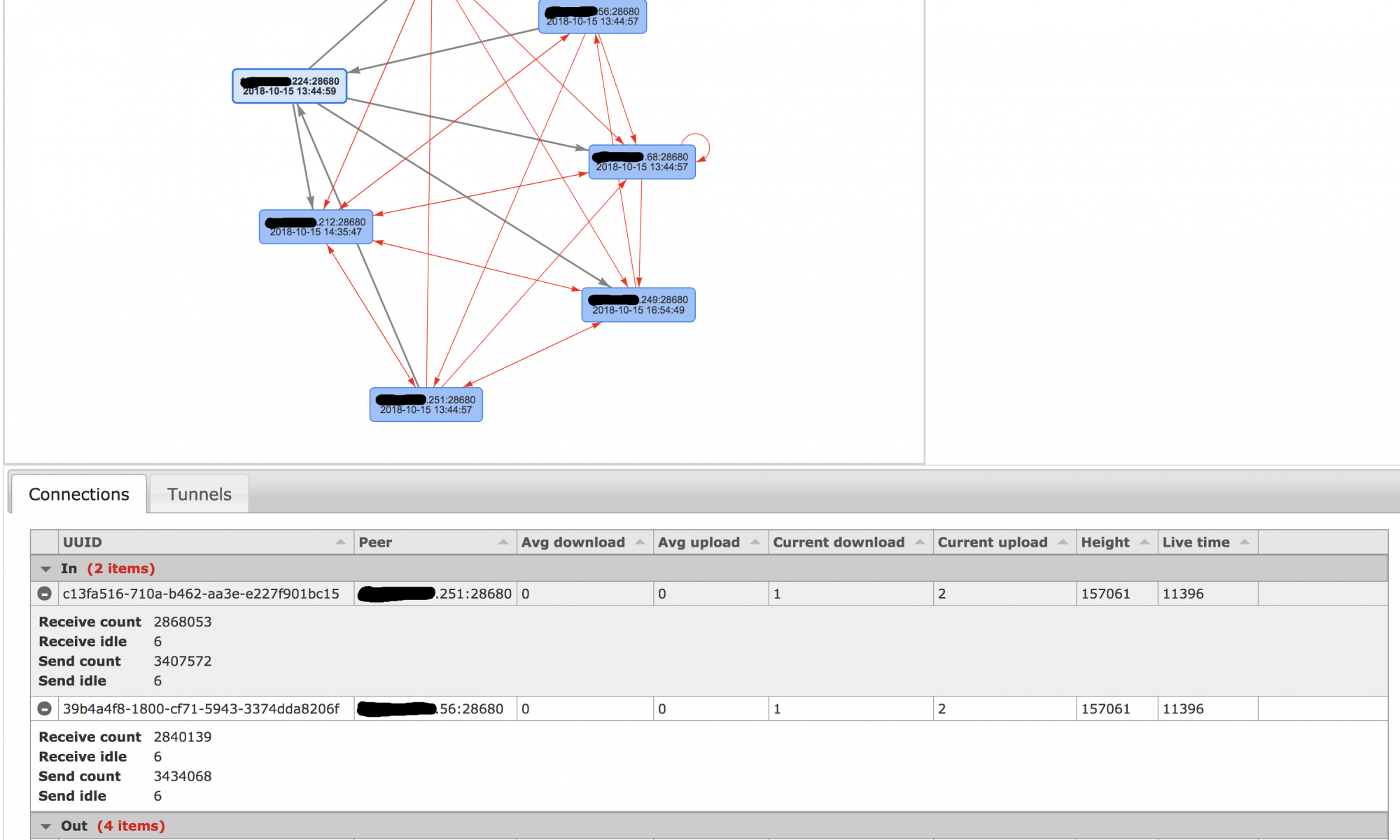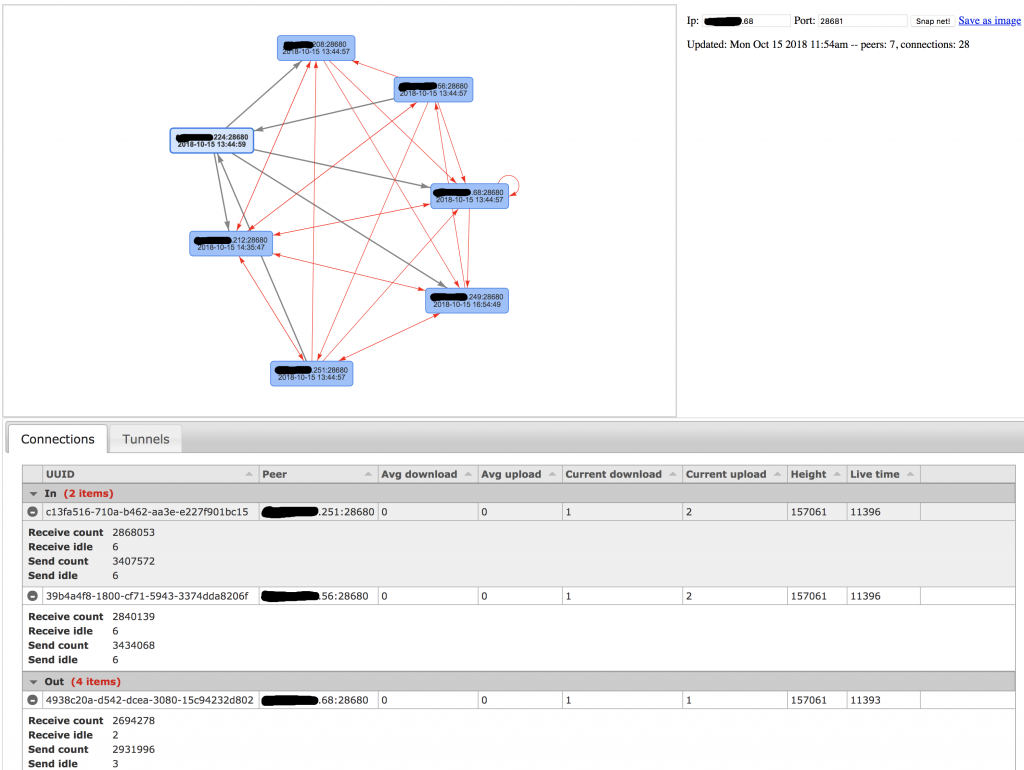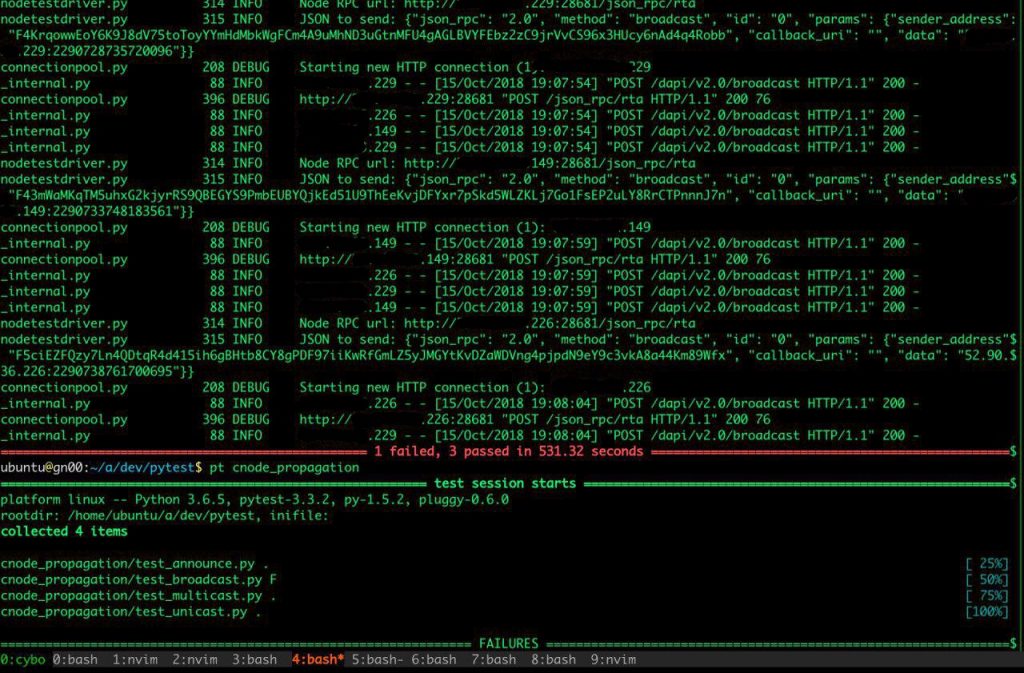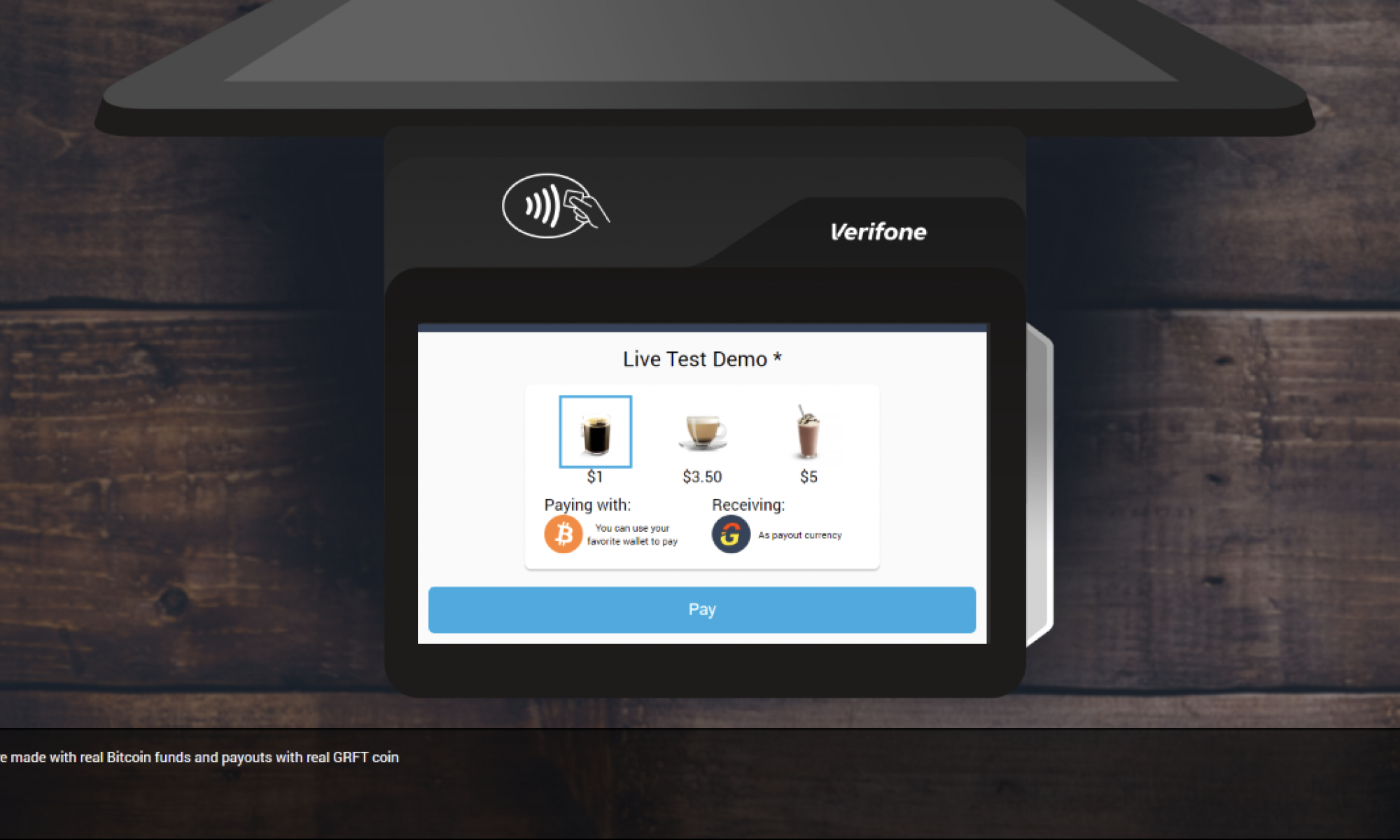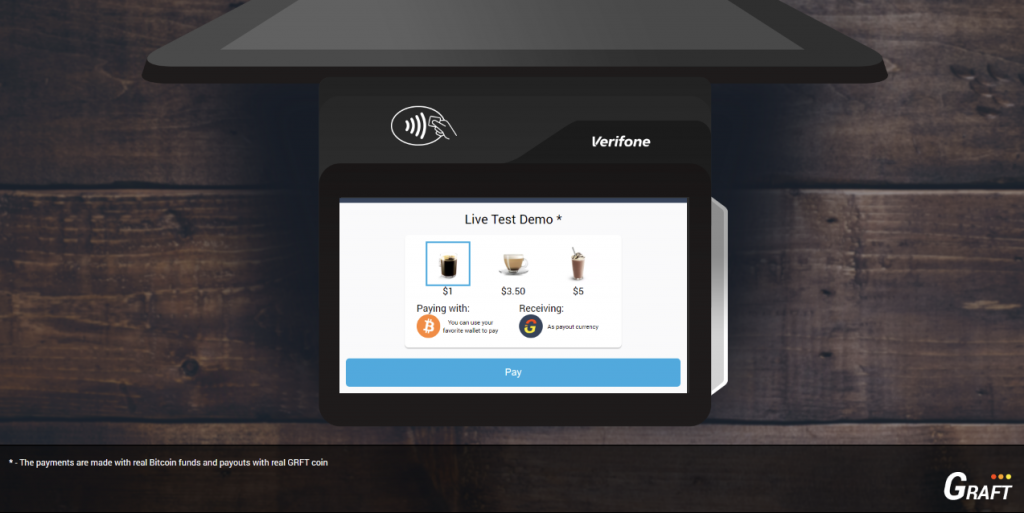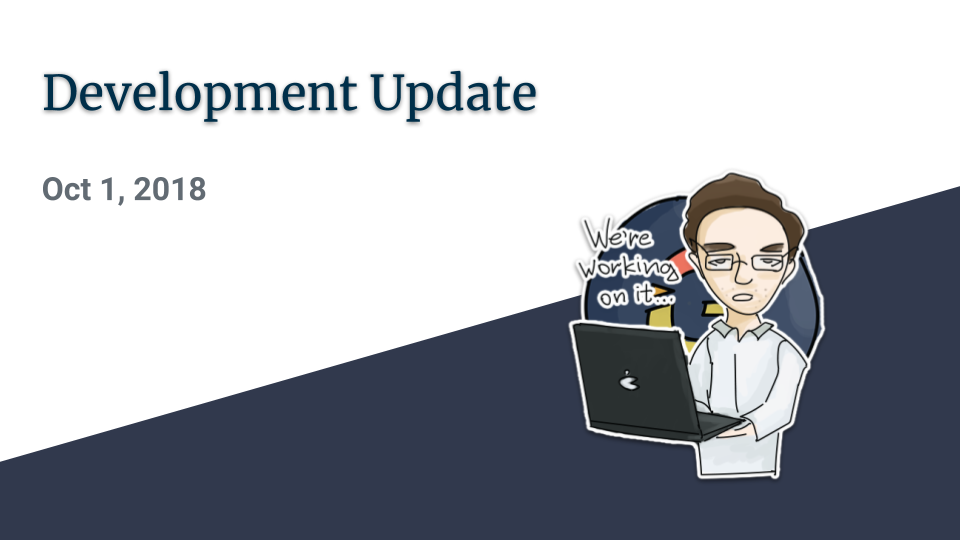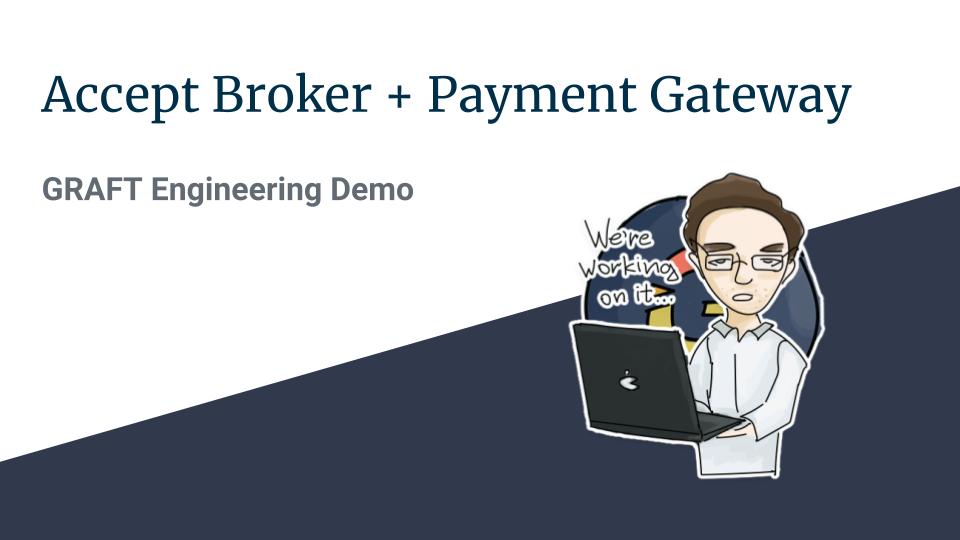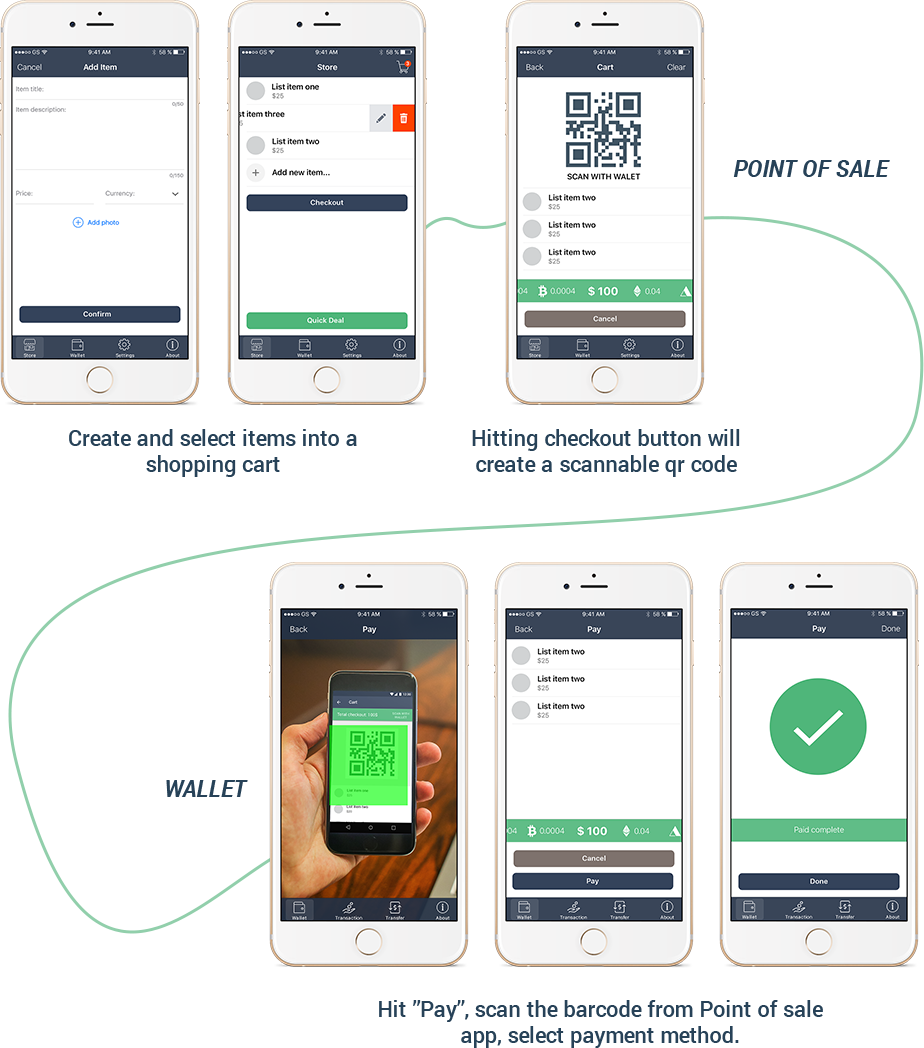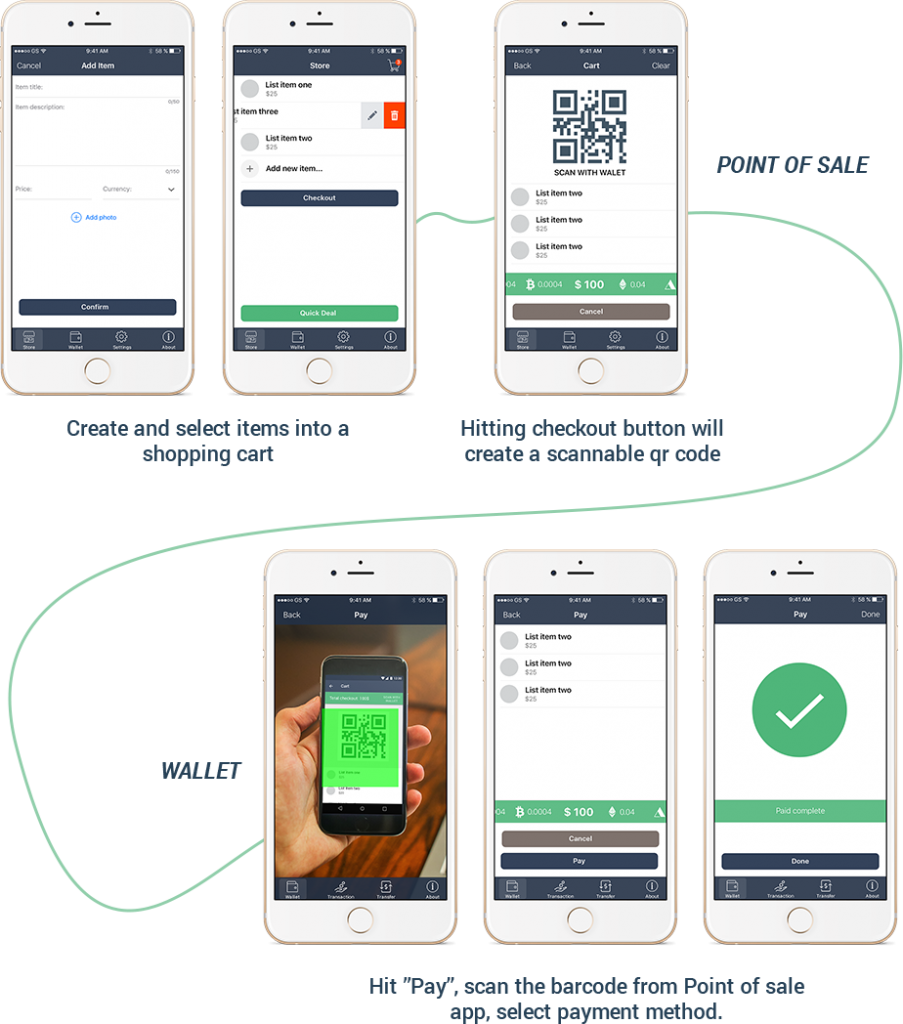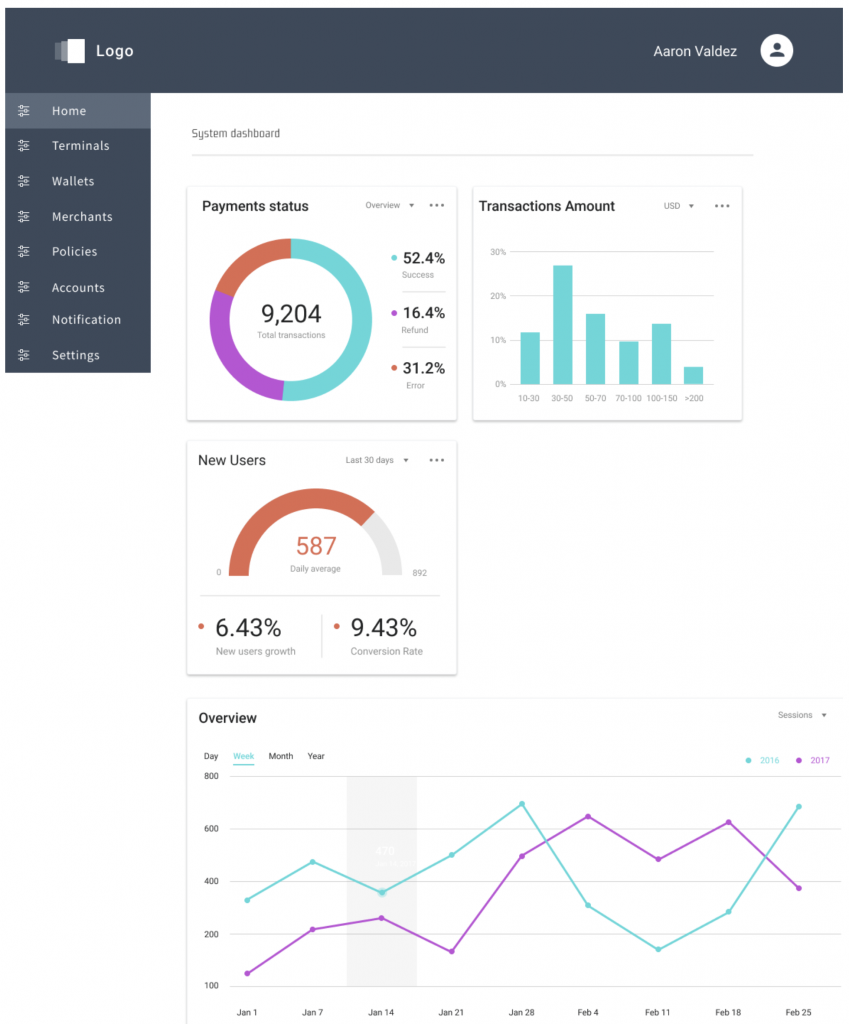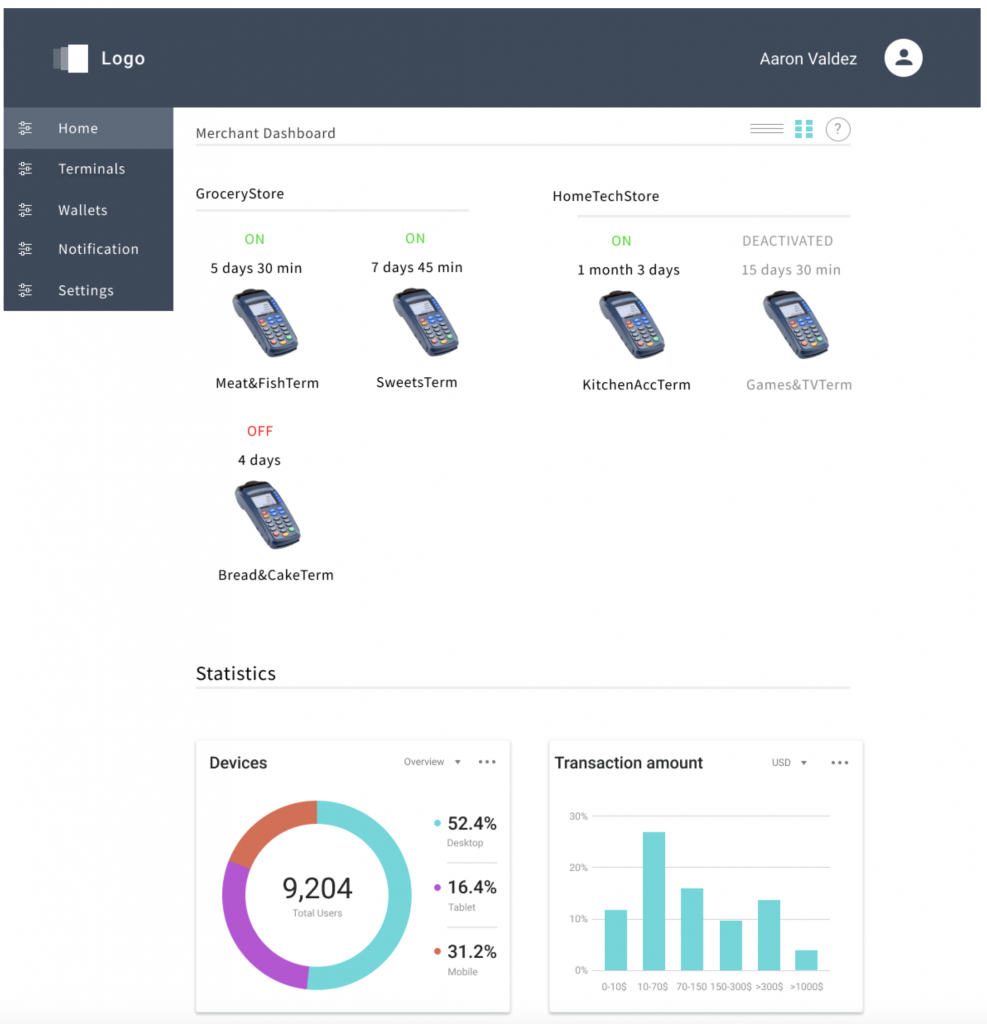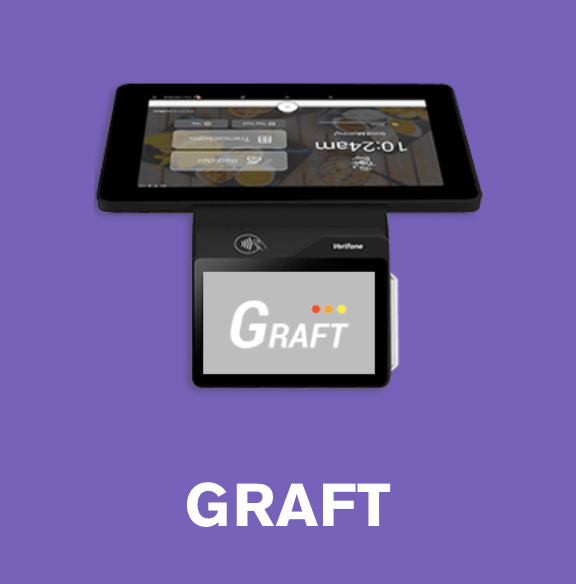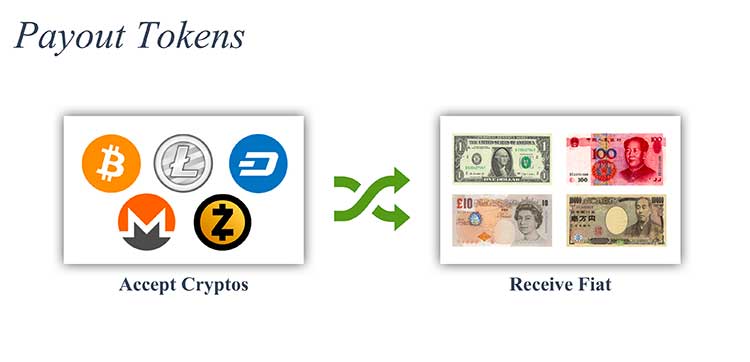RTA Alpha
A new major version update for the RTA Alpha supernode has been released to the private Alpha testing group. This release includes stabilized communication between supernodes as well as fixes for the bugs found during alpha testing. There were fixes in the logging subsystem, and also now we can collect application logs from all the nodes in alphanet using syslog. We’ve started collecting alpha testers’ feedback, which typically comes in a form of suggestions, issue reports, and even pull requests. Once the team and the alpha group are “OK” with the version, the supernodes will be released to the Public Alpha where everyone can test them to prepare for the actual supernode hosting after RTA Beta is launched on the mainnet. We even plan to provide “stimulus” RTA transactions on the Public Alpha so supernode owners can “feel” the real traffic and estimate their income. We will announce the specific Public Alpha release date later this week at the Malta Blockchain Summit.Anti-ASIC Major Network Update
Last week GRAFT devs released a new version of GRAFT software for the upcoming major network update that will introduce a new version of the PoW hash algorithm which prevents ASIC mining. The major network update will apply a new variation of CryptoNight hash algorithm (CryptoNight V8 / CN variant 2) which is currently ASIC-resistant. The source code of the new version 1.5.1 can be downloaded from master. The Linux (both Ubuntu 16.04 and 18.04) and Windows binaries are available for download from github.The major network update (aka hard fork) in GRAFT mainnet is scheduled for Wednesday, October 31st at block 207,700. As a reminder, major network update means that if you are running a GRAFT network node (graftnoded) you must upgrade to the latest software before October 31st. If you haven’t done it yet, please do it within the next 48 hours, otherwise your node will be disconnected from the mainnet. Note that users of GRAFT mobile and desktop wallets are not affected by the hard fork and should not do anything.
Customer Facing Applications
Other developers are working on Payment Gateway, Exchange Broker, and Verifone Terminal App. During the last week, among other things, they have been working on generic status monitoring, advanced UI, advanced reporting, and consuming a new RTA API provided by the Payment Gateway. The next major tasks and milestones for this team are online payment implementation (integration with eCommerce platforms) and implementing additional cryptos as a method of payment (currently, GRFT and BTC can be processed by the payment gateway and exchange broker, and accepted at the payment terminal app). We will keep you posted on the development of those important features.Decentralized Exchanges
We believe that decentralized exchanges are the future. Bisq is one of the true decentralized exchanges, and GRAFT trading is available there. Please let us know if you have any suggestions regarding decentralized exchanges listings.Happy GRAFTing!












